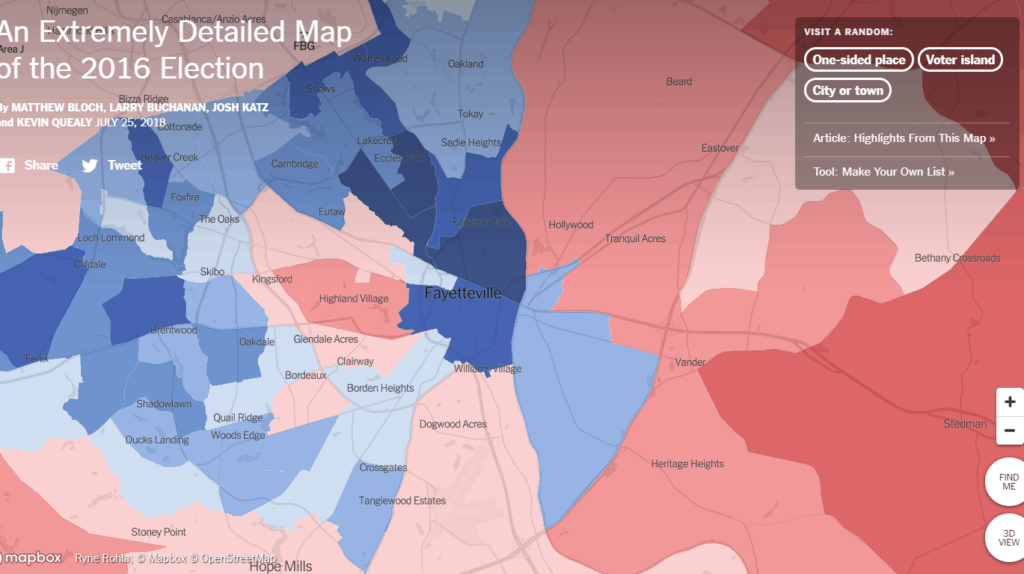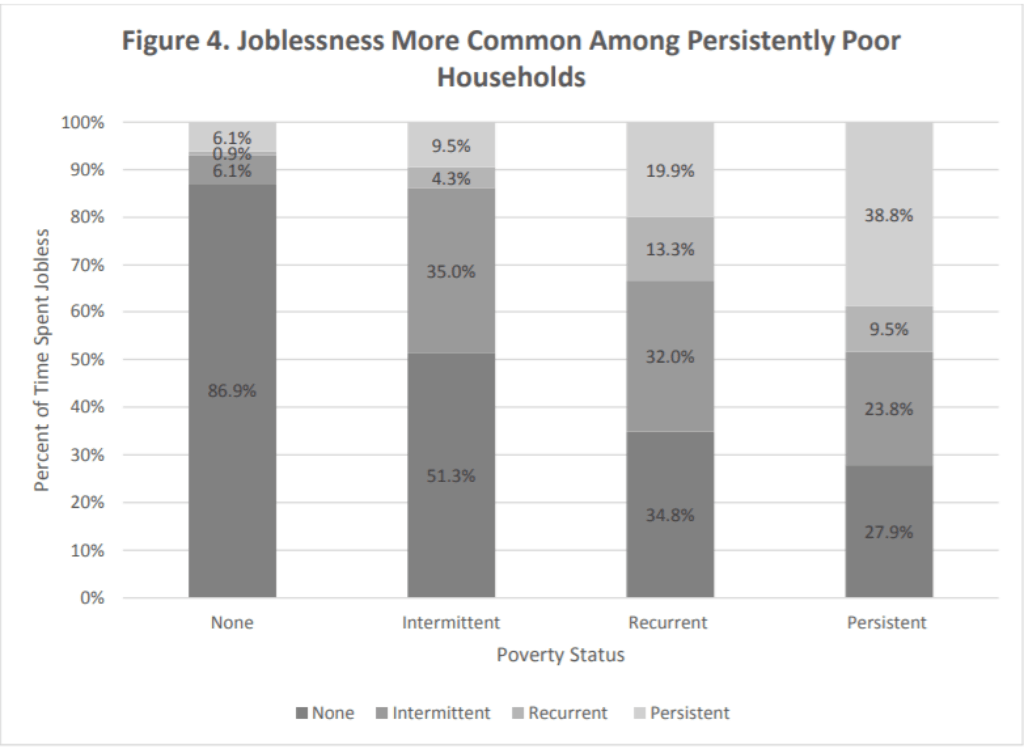Food for Thought
I try not to put many “viral” articles in this newsletter, but if you have not checked out the New York Times’ interactive map of the 2016 election, you really should. The map allows you to view the voting record of every precinct in the country, coloring them various shades or red or blue depending on the strength of each candidate.
One of the most interesting takeaways of the map is the diversity it uncovers. While cities are blue and rural areas are red, zooming in closer reveals pockets of diversity. Here is a look at Fayetteville:

The Other 49
If you are a teacher, finding affordable housing near your school can be difficult, if not impossible. In January, the Center published a report on attempts to address teacher shortages in North Carolina by building teacher apartments. This week, two articles caught my eye about attempts to provide affordable housing for teachers in other states.
In Arizona, one district is building tiny homes for teachers in the desert. In Indianapolis, a teacher’s village is struggling to find teachers who want to buy the houses due to delayed construction and restrictive income requirements.
These articles highlight the challenges districts face in recruiting and retaining teachers when housing prices or availability are issues. Critics argue that providing affordable housing is a distraction from the real problem, inadequate teacher pay, but many districts do not have the resources to increase pay.
For Your Consideration
AEI released a new report this week examining the relationship between persistent poverty (households in poverty more than 27 months of a 36-month period) and joblessness. Using 2009 to 2011 panel data from the Survey of Income and Program Participation, the author found:
- Relatively few households were persistently poor (6.7 percent).
- Of those persistently poor, almost 72 percent experienced joblessness at some point and 38.8 percent were persistently jobless

The author recommends focusing on policies that increase labor force attachment as a way to reduce persistent poverty.
What we're reading
When Black Lawmakers Get Elected, Zoning Decisions Change
Bias in land use decisions is difficult to measure, but new research in Durham reveals that race has been a significant factor.... Read the rest-
NC in Focus: Grandparents Living with their Grandchildren
-
The Status of North Carolina Redistricting Near the End of the Decade
-
How 3,000 streetlights turned San Diego into America’s smartest city
-
Fixing America’s Forgotten Places
-
How Behavioral Economics Could Help Reduce Credit Card Delinquency
-
Children face struggles in some North Carolina counties, stats show


